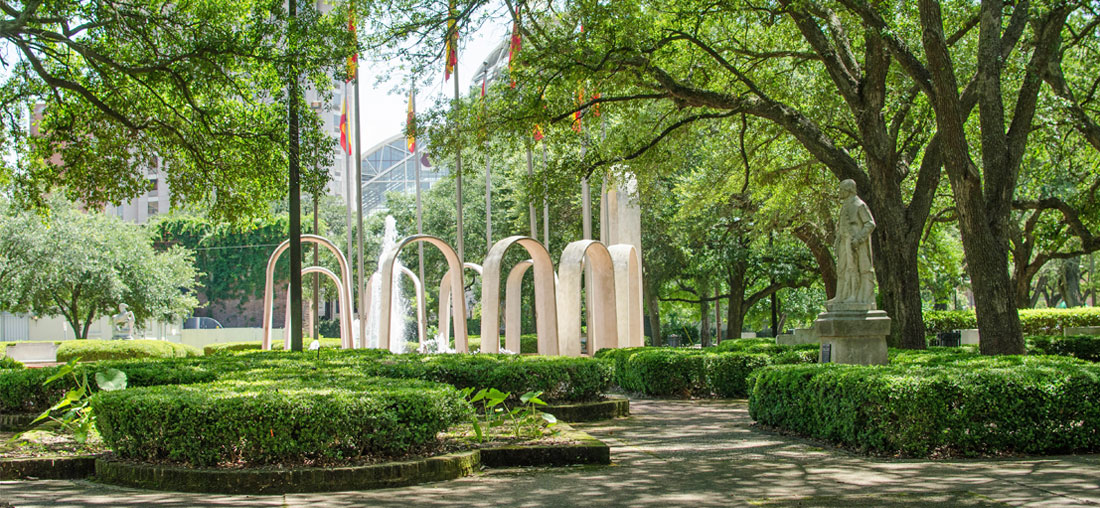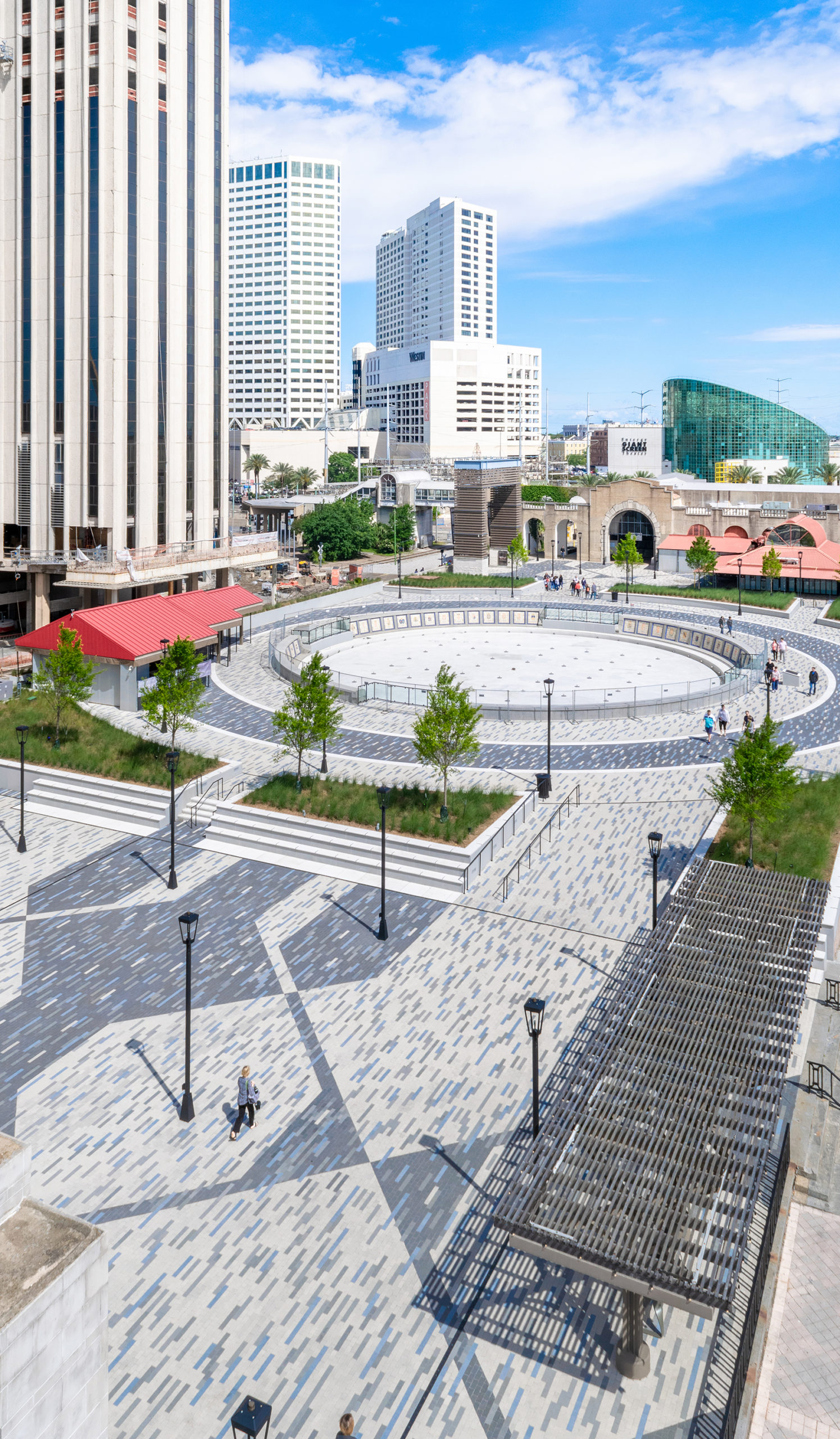When you hear the word "plaza" in Spanish, you're likely imagining vibrant public spaces, bustling with activity and rich in cultural significance. Plaza in Spanish is more than just a term; it represents a central gathering place that plays a vital role in the social, cultural, and historical life of Spanish-speaking communities. Understanding the meaning, origins, and importance of plaza is essential for anyone interested in Spanish culture or planning a visit to a Spanish-speaking country.
Public spaces have been at the heart of human interaction for centuries, and in Spanish-speaking countries, the plaza stands out as a focal point of community life. From small towns to large cities, plazas are where people gather to celebrate, relax, and connect with one another. They are not just physical spaces but also cultural landmarks that reflect the values and traditions of the local population.
Whether you're learning Spanish, traveling to a Spanish-speaking destination, or simply curious about the language, understanding the concept of plaza is crucial. This article will delve into the meaning of plaza in Spanish, its historical significance, and its role in modern-day society. We will also explore various types of plazas and their importance in different cultures.
Read also:Understanding Chode Slang A Comprehensive Guide To Its Meaning Usage And Cultural Impact
Table of Contents
- The Meaning of Plaza in Spanish
- A Brief History of Plazas in Spanish Culture
- Types of Plazas in Spanish-Speaking Countries
- Plaza Architecture and Design
- Cultural Significance of Plazas
- Modern-Day Role of Plazas
- Plazas as Tourist Attractions
- Famous Plazas Around the World
- Using the Word Plaza in Spanish Conversations
- Conclusion: The Enduring Legacy of Plaza in Spanish
The Meaning of Plaza in Spanish
In Spanish, the word "plaza" translates to "square" or "open space" in English. It refers to a public area, typically located in the center of a town or city, where people gather for various activities. Plazas are often surrounded by important buildings such as churches, government offices, and markets, making them central hubs of community life.
Origins of the Word Plaza
The term "plaza" has its roots in Latin, where it originally referred to a flat, open area. Over time, the word evolved to describe public spaces in Spanish-speaking countries, where they became integral parts of urban planning and social life. Today, the concept of plaza extends beyond physical spaces to encompass cultural and symbolic meanings.
Plaza in Everyday Language
In everyday Spanish, plaza is used to describe a variety of public spaces, from small village squares to large urban centers. For example, "Plaza Mayor" is a common term used to refer to the main square in many Spanish towns and cities. The word plaza is also used in modern contexts, such as shopping malls ("plaza comercial") or parking lots ("plaza de aparcamiento").
A Brief History of Plazas in Spanish Culture
Plazas have been an integral part of Spanish culture for centuries, dating back to the Roman era. During this time, public spaces were designed as forums for political, social, and economic activities. As Spanish towns and cities developed, plazas became central to urban planning, reflecting the cultural and historical values of the community.
Plazas in Medieval Spain
In medieval Spain, plazas served as marketplaces, meeting points, and centers of religious life. They were often surrounded by churches, town halls, and other important buildings, creating a sense of community and unity. The design of plazas during this period emphasized functionality and accessibility, ensuring that they could accommodate large gatherings of people.
The Influence of Colonialism
As Spain expanded its empire, the concept of plaza spread to other parts of the world, particularly in Latin America. Spanish colonizers introduced the idea of central public spaces in their new settlements, where plazas became focal points for governance, trade, and social interaction. This tradition continues to influence urban planning in many Spanish-speaking countries today.
Read also:5stars Stockscom Your Ultimate Guide To Investing In Highpotential Stocks
Types of Plazas in Spanish-Speaking Countries
Plazas in Spanish-speaking countries vary in size, design, and function, depending on the cultural and historical context. Some plazas are small and intimate, while others are large and grand, designed to accommodate thousands of people. Here are some common types of plazas:
- Plaza Mayor: The main square in a town or city, often surrounded by important buildings such as churches, town halls, and markets.
- Plaza de Toros: A bullfighting arena, where traditional Spanish bullfights take place.
- Plaza Comercial: A shopping plaza or mall, where people go to shop and dine.
- Plaza de Armas: A military square, often used for parades and ceremonies.
Plaza Architecture and Design
The architecture and design of plazas play a crucial role in shaping the cultural and social identity of a community. Traditional plazas in Spanish-speaking countries are often characterized by their symmetry, open spaces, and surrounding buildings. Modern plazas, on the other hand, incorporate innovative designs that reflect contemporary urban planning trends.
Traditional Plaza Design
Traditional plazas in Spain and Latin America typically feature cobblestone streets, fountains, and ornate buildings. These elements create a sense of grandeur and elegance, while also providing practical functions such as cooling the air and facilitating social interaction.
Modern Plaza Design
Modern plazas incorporate elements such as green spaces, public art, and sustainable materials. These designs aim to create inclusive and accessible spaces that cater to diverse populations. For example, many modern plazas include seating areas, playgrounds, and bike lanes to encourage outdoor activities and community engagement.
Cultural Significance of Plazas
Plazas hold immense cultural significance in Spanish-speaking countries, serving as symbols of identity, tradition, and community. They are spaces where people come together to celebrate festivals, participate in political rallies, and engage in everyday activities. Plazas also play a role in preserving cultural heritage, as they often house historical landmarks and monuments.
Plazas as Cultural Landmarks
Many plazas in Spanish-speaking countries are recognized as cultural landmarks, attracting tourists and locals alike. For example, the Plaza de San Marcos in Venice and the Plaza Mayor in Madrid are world-famous for their historical and architectural significance. These plazas not only showcase the rich history of their respective cities but also provide a platform for cultural expression and exchange.
Plazas in Modern Culture
In modern culture, plazas continue to serve as venues for cultural events, such as concerts, art exhibitions, and film screenings. They are also spaces where social movements and political protests take place, highlighting their role as platforms for civic engagement and activism.
Modern-Day Role of Plazas
Today, plazas remain vital to urban life, adapting to the changing needs of society. They serve as gathering places for communities, fostering social interaction and cultural exchange. In an increasingly digital world, plazas offer a much-needed space for face-to-face interaction and connection.
Plazas and Urban Sustainability
As cities strive to become more sustainable, plazas are playing a key role in promoting green spaces and reducing urban heat islands. Many modern plazas incorporate elements such as trees, gardens, and water features, creating eco-friendly spaces that benefit both people and the environment.
Plazas and Community Development
Plazas also contribute to community development by providing spaces for local businesses, artists, and entrepreneurs to showcase their work. This fosters economic growth and innovation, while also preserving the cultural identity of the community.
Plazas as Tourist Attractions
Plazas are among the most popular tourist attractions in Spanish-speaking countries, drawing millions of visitors each year. Their historical significance, architectural beauty, and vibrant atmosphere make them must-see destinations for travelers. From the grandeur of the Plaza Mayor in Madrid to the charm of small village squares, plazas offer a glimpse into the rich cultural heritage of Spain and Latin America.
Top Tourist Plazas
Some of the most famous plazas in the world include:
- Plaza Mayor, Madrid
- Plaza de San Marcos, Venice
- Plaza de Armas, Lima
- Plaza de la Constitución, Mexico City
Famous Plazas Around the World
Plazas can be found in cities and towns across the globe, each with its own unique character and significance. Here are some notable examples:
Plaza Mayor, Madrid
One of the most iconic plazas in the world, Plaza Mayor in Madrid is a stunning example of Spanish Renaissance architecture. Surrounded by arcaded buildings and adorned with statues of Spanish monarchs, it has been the site of countless historical events and continues to be a popular gathering place for locals and tourists alike.
Plaza de la Constitución, Mexico City
Also known as the Zócalo, Plaza de la Constitución in Mexico City is one of the largest public squares in the world. It serves as the heart of the city, surrounded by important buildings such as the National Palace and the Metropolitan Cathedral. The plaza is a hub of cultural and political activity, hosting everything from concerts to protests.
Using the Word Plaza in Spanish Conversations
Understanding how to use the word plaza in Spanish conversations is essential for anyone learning the language or traveling to a Spanish-speaking country. Here are some common phrases and expressions:
- ¿Dónde está la plaza más cercana? - Where is the nearest plaza?
- Me gusta pasear por la plaza. - I like to walk around the plaza.
- La plaza está llena de gente durante el festival. - The plaza is full of people during the festival.
Conclusion: The Enduring Legacy of Plaza in Spanish
Plazas in Spanish-speaking countries are more than just physical spaces; they are cultural landmarks that reflect the values, traditions, and history of their communities. From medieval marketplaces to modern urban centers, plazas continue to play a vital role in shaping the social and cultural fabric of society.
As you explore the concept of plaza in Spanish, whether through language learning, travel, or cultural appreciation, remember the significance of these spaces in fostering community, preserving heritage, and promoting sustainability. We invite you to share your thoughts and experiences in the comments below, or explore other articles on our site to deepen your understanding of Spanish culture and language.


